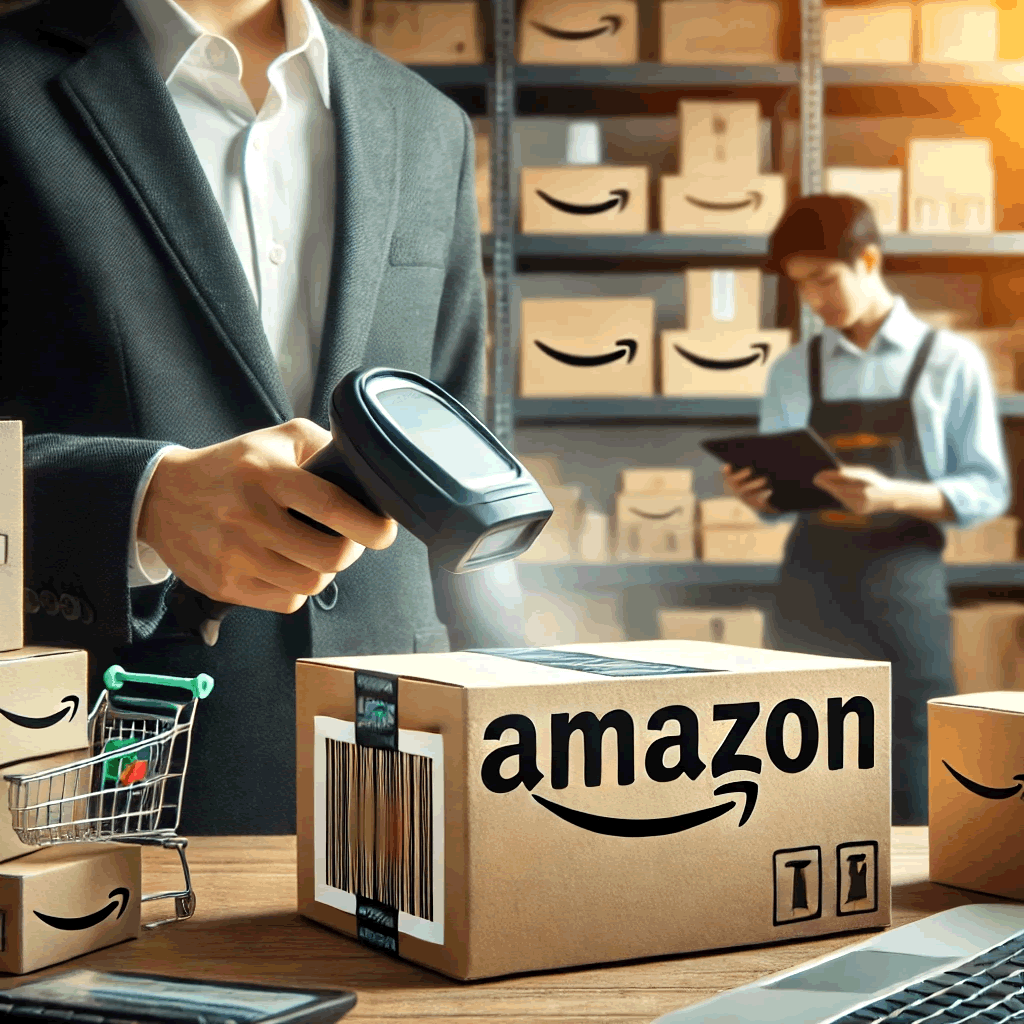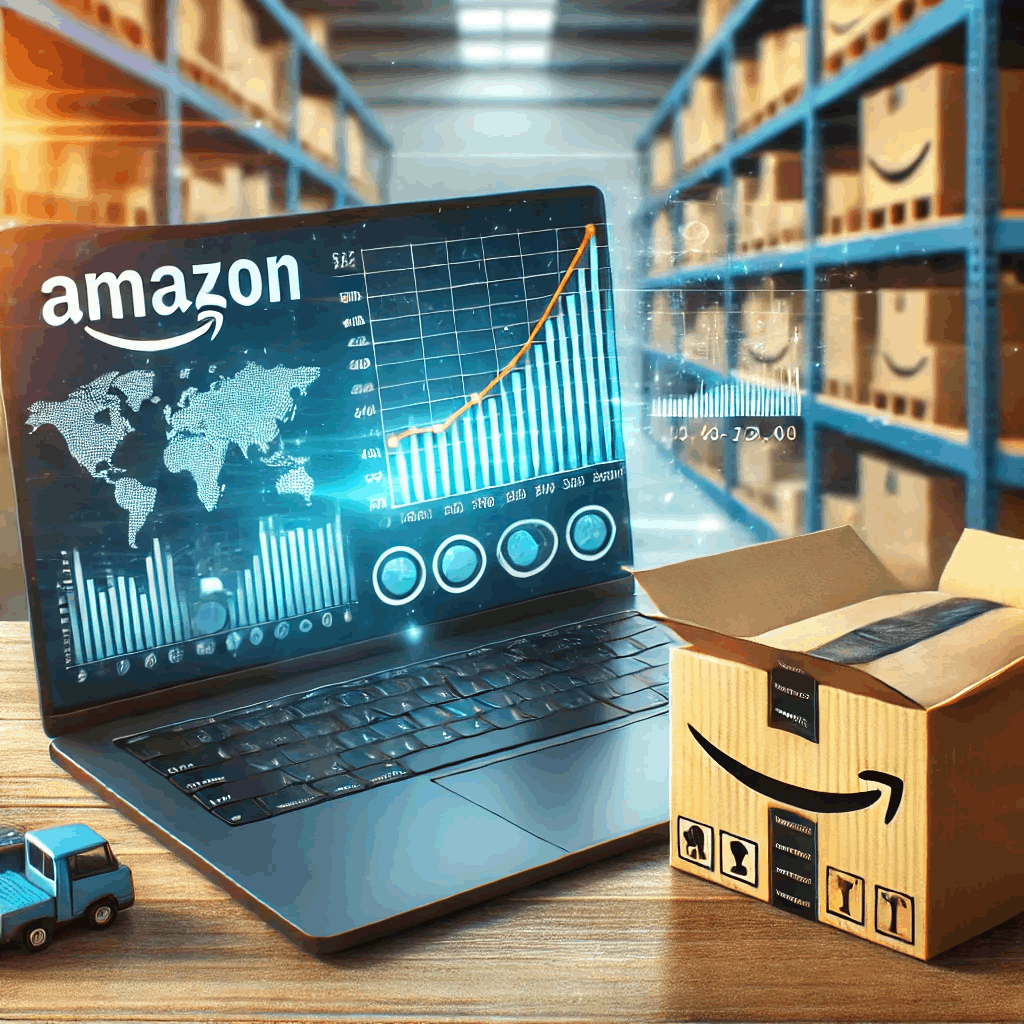Protecting supplier margins can determine the success of your business relationship with Amazon.
In an increasingly competitive and volatile market, many consumer brands have experienced remarkable growth on Amazon over the past twelve months. However, rising trading demands and market fluctuations have led to declining profits, forcing suppliers to take action.
In this context, raising retail prices may seem like a logical solution, but studies show that more than 40% of consumers would switch brands if the prices of their favorite brand increased.
Furthermore, Amazon follows a price-tracking strategy, meaning that even if you raise prices, Amazon is unlikely to absorb the associated cost increases. So, how can you improve your margins as an Amazon supplier?
Index
1. Review your portfolio mix
Understanding the composition of profitability is key when selling online. This isn't complicated if you only sell a few products, but your brand's catalog is likely much larger. Review your Amazon portfolio by downloading all the ASINs from Vendor Central and record sales, growth, and profit margin in an Excel spreadsheet.
Group the products into low, medium, and high margin categories. This step will help you understand what percentage each segment represents of total sales.
Next, examine the growth of each segment. If low-margin products are growing faster than high-margin products, you need to find ways to slow their growth and redirect customers toward the more profitable products.

2. Focus on high-margin products
Once you understand your portfolio's margin structure, it's time to focus on your most profitable products. High-margin products are likely to grow at a slower rate than their low-margin counterparts. Therefore, you should redirect your promotional efforts toward your most profitable products . Use major sales events like Prime Day, Black Friday, or Cyber Monday to discount these items.
Promoting your high-margin products with a discount might sound counterintuitive, but the resulting effect can lead to a sustained increase in sales after the promotion.
Due to the temporary increase in conversion rates and the influx of new product reviews, products often rank higher in Amazon search results after a promotion.
3. Clean up the distribution channels
Amazon bases its prices on the available offers for a product in the marketplace. Therefore, managing your distribution strategy is essential to indirectly control the prices displayed by Amazon. If you sell most of your products through wholesalers who are also third-party sellers, you'll have a harder time winning the Buy Box than a brand that sells only directly to Amazon.
Review how you incentivize your retail partners to make purchase commitments. Reforming the volume discount structure in your distribution channels is an effective starting point for increasing prices from a front-line margin perspective .
4. Launch larger bundles and combos
Bundles, bundles, virtual bundles, and more bundles! Another way to improve your margins is to launch larger value packs or combos of your best-selling products. This aims to improve the average selling price and reduce variable costs . You can find a very useful metric in Amazon Brand Analytics for launching these types of products: cart analysis, which shows you which products are frequently purchased together.

5. Negotiate with suppliers
Increasing your cost prices on Amazon is nearly impossible if you sell through the 1P supplier model. Instead, it's easier to renegotiate commercial terms with suppliers .
If your sales have grown in recent months, there are likely economies of scale that justify cost reductions. Fluctuations in raw material prices and the dollar exchange rate also directly impact margins. If these have changed in the last three to six months, it's time to evaluate the viability of your sourcing costs.
6. Discontinue the unprofitable selection
Not all products will become a source of profit for your business, and that's okay. But if a listing becomes unprofitable over an extended period, it's better to remove the offering sooner rather than later.
7. Address hidden cost centers
As Amazon has grown over the years, it has also tightened its requirements for brands to adhere to standardized processes. This helps the online retailer streamline its inbound and outbound procedures, improving its operational efficiency.
Failure to comply with Amazon's requirements can lead to hidden costs that impact your bottom line. The most common types of financial misalignments are return fees, shortages, and price variations.
To address these problems, follow a simple three-step formula:
- Analyze and understand the charges : Review all return charges and other financial discrepancies.
- Review and align internal processes : Ensure your internal processes meet Amazon standards.
- Dispute incorrect charges : Dispute all incorrect charges within 30 days in Vendor Central. If you don't, Amazon may not accept your refund request, even if your dispute is valid.

8. Initiate commercial discussions with Amazon
Finally, you should always negotiate your business terms with Amazon. Their negotiation conditions can be restrictive and represent the ceiling for your profitability prospects in the market.
Don't make the mistake of accepting without asking for anything in return. Instead, be sure to be aware of your costs for serving Amazon and discuss with your account manager how to continuously drive efficiencies .
While annual supplier negotiations define the framework of your terms, you can always use Amazon's mid-year financing requests to ask for a reduction in return fees or promotional rates in return.
Conclusion
Improving your margins as a 1P supplier on Amazon can be a complex task if you don't know where to start. But even with Amazon's restrictive sales model, there are ways to effectively manage your account's profitability.
Regularly review your portfolio mix, focus on high-margin products, clean up your distribution channels, launch larger packages, negotiate with your suppliers, eliminate unprofitable selection, address hidden cost centers, and initiate business discussions with Amazon.
By following these strategies, you'll be in a better position to protect and increase your margins on Amazon.

